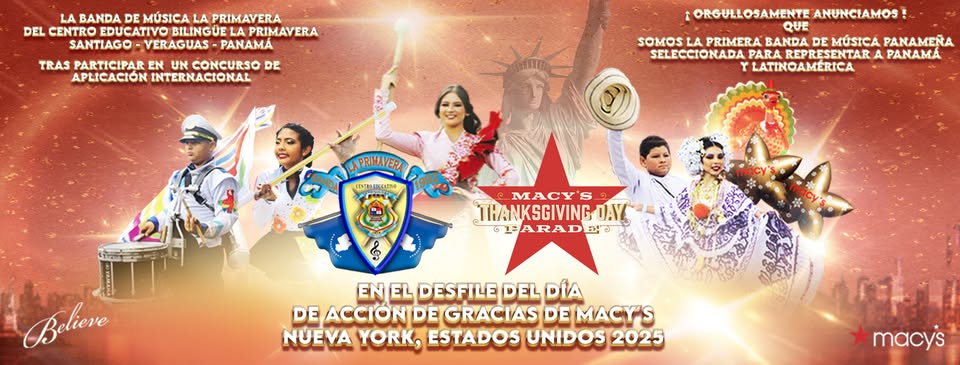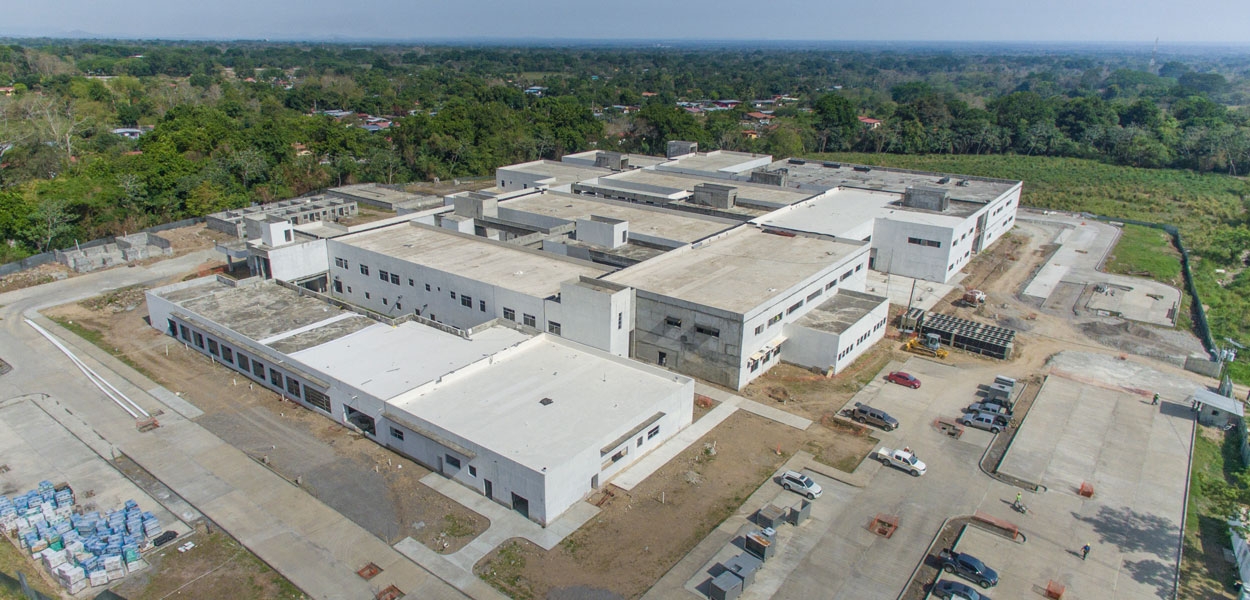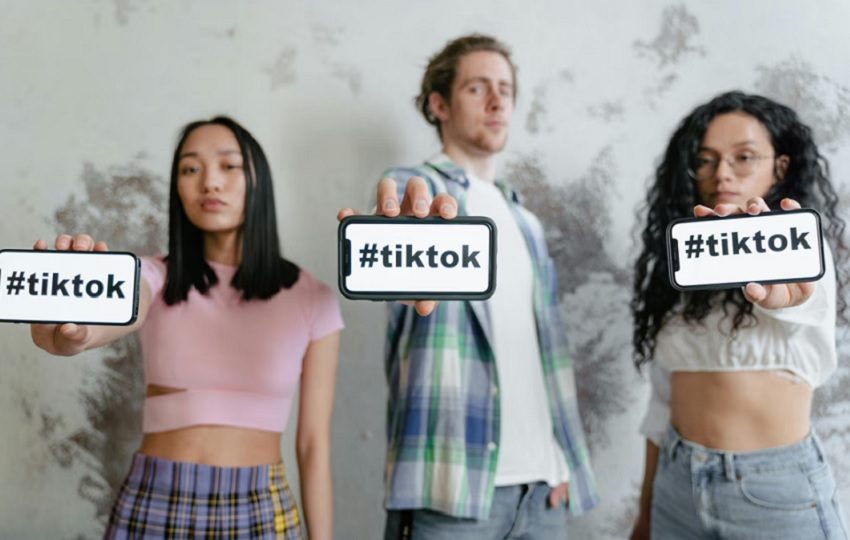Money and water down the carnival drain

SUCCESSIVE tourism managers in Panama have touted the value of Carnival in Panama City, blindly claiming that the noise and booze fest attracts tourists, and puts money into the city coffers.
 Instead, while governments have poured millions into the four day event that has become a Cinta Costera annual fixture,, anyone not blinded by the self serving propaganda blitz from the tourism office can see for themselves that as the masses head for the Interior the city becomes a driving paradise and local businesses feel the pain.
Instead, while governments have poured millions into the four day event that has become a Cinta Costera annual fixture,, anyone not blinded by the self serving propaganda blitz from the tourism office can see for themselves that as the masses head for the Interior the city becomes a driving paradise and local businesses feel the pain.
During his election campaign Ricardo Martinelli promised that not a penny of government money would go to the event.
Under the spell of Salomon Shamah, moved from the dirty tricks shadows to tourism manager, with a seat at the Cabinet table, Martinelli reversed his decision and allocated some $2 million each year to the event, not including hidden clean up and repair costs and the $1 million tourism website (now under investigation).
The current administration has maintained the hand out, at a reduced rate. This year it was down to $1.5 million, a poor return on investment as those who could fled the city. The Transit Authority (ATTT) said about 168,000 vehicles, 850 buses and about 700,000 people moved inland
Antonio Alfaro Casino , president of the Chamber of Tourism of Panama (Camtur) said Sunday February 14, that hotel occupancy in the capital plummeted from its already bare sustainability level, of 50% to 30% and many restaurants closed their doors.
“It’s a party that people wait for but it is not a holiday that brings tourism to Panama City.” said Alfaro.
He emphasized that the tourists who come for the carnival usually head to the interior, like many of the Panamanians. “This represents a decrease for businesses during carnival week.
In a televised panel debate participants recalled that in the past , parades and floats and live music were the most important events and were not subsidized.
According to Ana Elena Porras, ex-Queen of the carnival, there were no tank trucks in the city and small vessels with water and indigo were towed by hand and. people who knew each other splashed water around like kids in a pond.
Then came the tank trucks (culecos) and “watered everyone like herd” she said.
Carnival 2016 came during a drought that worried the whole country, but the government decided to allows culecos although many spoke out against their use. But in spite of apple pie pronouncements at the world environment meetings in Paris, no one was listening, and scores of thousands of dollars were paid to waste water.
Maybe the tourism authority will rethink its city spending next year, as they study the hotel, restaurants and mall stats and stop pouring money down the drain.





